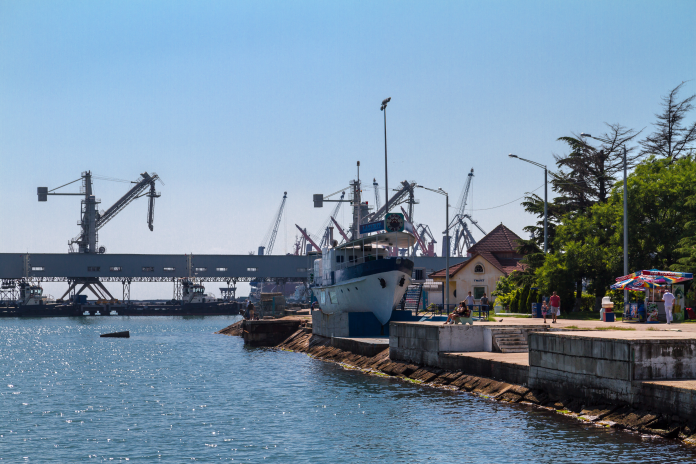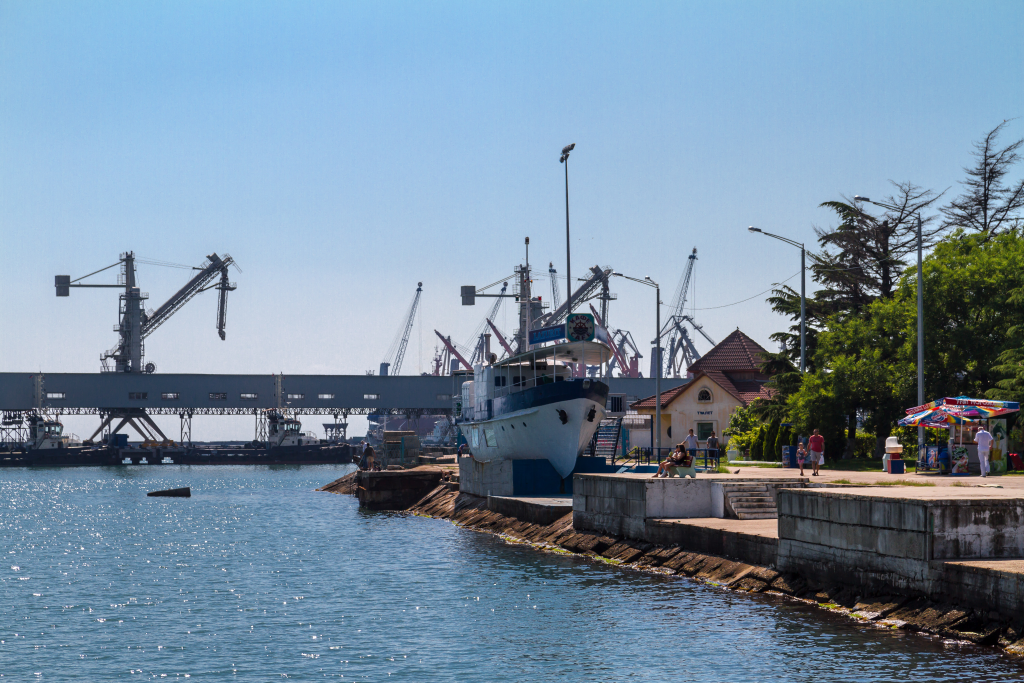
“Oil cash flow is king for Russia,” chemical engineer Will Thiel told RFE/RL, underlining why Ukraine’s latest strike on the Tuapse oil terminal carries weight far beyond the flames seen on November 4. The attack – conducted by the Security Service of Ukraine’s Alpha Special Operations Center – is part of a sustained campaign aimed at eroding Moscow’s ability to fund and fuel its war.
In recent months, Ukraine has shifted the focus of deep-strike attacks from ammunition depots to refineries, storage facilities, and export terminals-all strategically significant targets often hundreds of kilometers inside Russian territory and touching both military logistics and the broader economic lifeline. The Tuapse strike fits squarely into this pattern, combining precision drone warfare with economic disruption.
What follows is a deeper look at the most significant elements of that operation and that broader campaign, illustrating how Ukrainian tactics are changing the face of both the battlefield and the economic front.

1. Precision Drone Strikes on Strategic Energy Infrastructure
The Tuapse strike involved five hits on the terminal facilities-a minimum of four stands for loading oil-and an ignited tanker. According to sources, the attack was carried out by Alpha unit drones equipped with heavy warheads. That would reflect a more general approach by Ukraine in targeting critical nodes in the Russian energy network, where partial damage is sufficient to disrupt supply chains and force costly repairs.

2. Disruption of Rosneft’s Southern Export Hub
Tuapse has an oil terminal and refinery belonging to Rosneft, one of the leading players in the country’s energy business. Ukraine not only caused physical destruction there but also threatened a major export route from the Krasnodar region. The hits can ripple in Russia’s refined fuel distribution, especially if and when loading infrastructure goes offline.
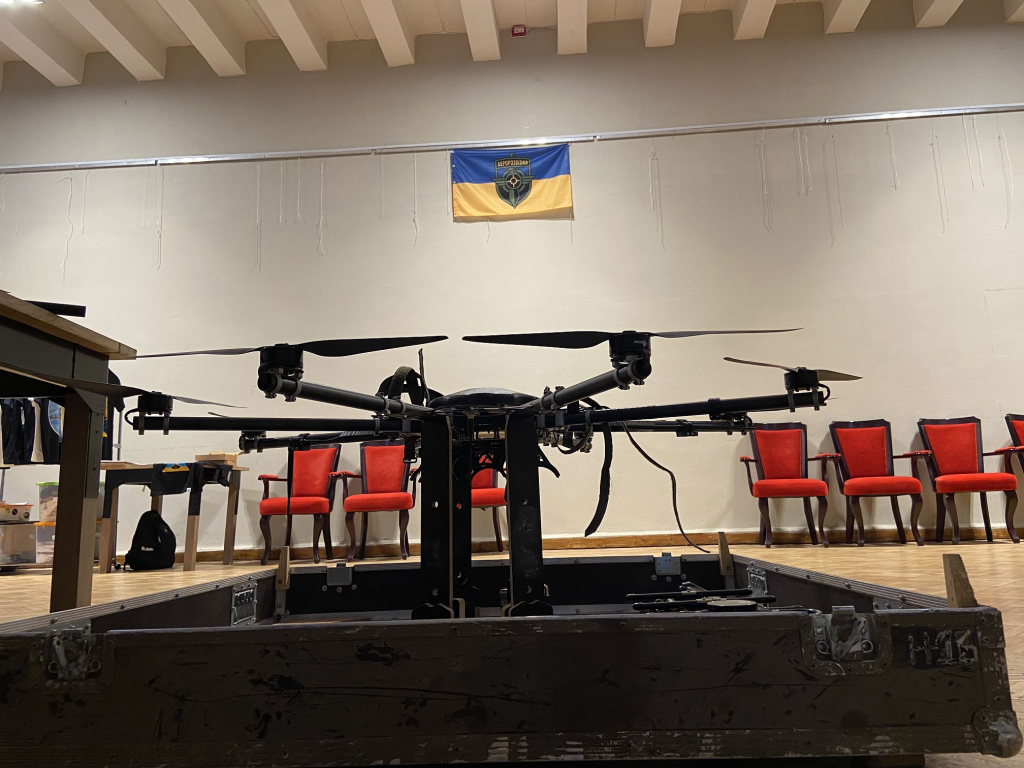
3. Greater frequency and scale of strikes across Ukraine
Recent analysis shows that Ukrainian drones now fly farther, carry larger payloads, and strike more often. Facilities once considered safe deep inside Russia, such as the Salavat refinery over 1,100 km from Ukraine, have been hit multiple times. This expanded reach challenges Moscow’s ability to defend critical sites.
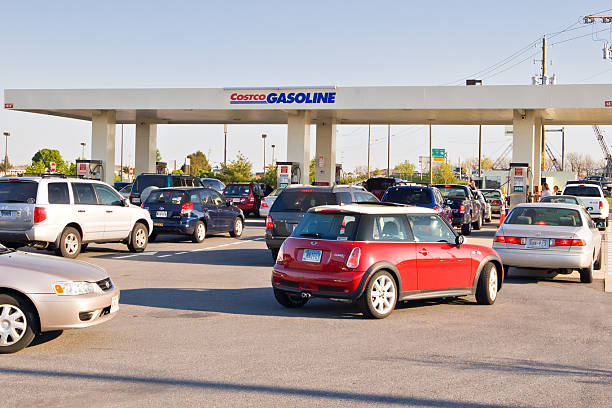
4. Fuel Shortages Imposing Economic Strain
Drone strikes have hit 21 out of Russia’s 38 large refineries since January, leading to fuel shortages and a price surge. Verified footage showed long queues at filling stations in the Far East, with several independent ones being shuttered altogether. Wholesale prices of fuel have jumped 40% since January, adding to the domestic economic squeeze.

5. Strategic Impact on Military Logistics
As the former deputy energy minister Vladimir Milov explained, some of the refineries targeted in Samara and Saratov are integrated into military supply chains, thus complicating Russia’s operational tempo by delaying fuel delivery to the front-line units. The dual effect that refinery strikes have both civilian and military makes them extremely powerful in Ukraine’s hands.

6. Measured but Significant Damage to Refining Capacity
While headlines cite a possible capacity hit of 38%, actual output reduction is closer to 10%, Kommersant says, adding that partial repairs and Russia’s surplus primary distillation capacity mitigate the losses. Repeated strikes sap recovery resilience, analysts say, likening the effect to cumulative blows that weaken recovery over time.
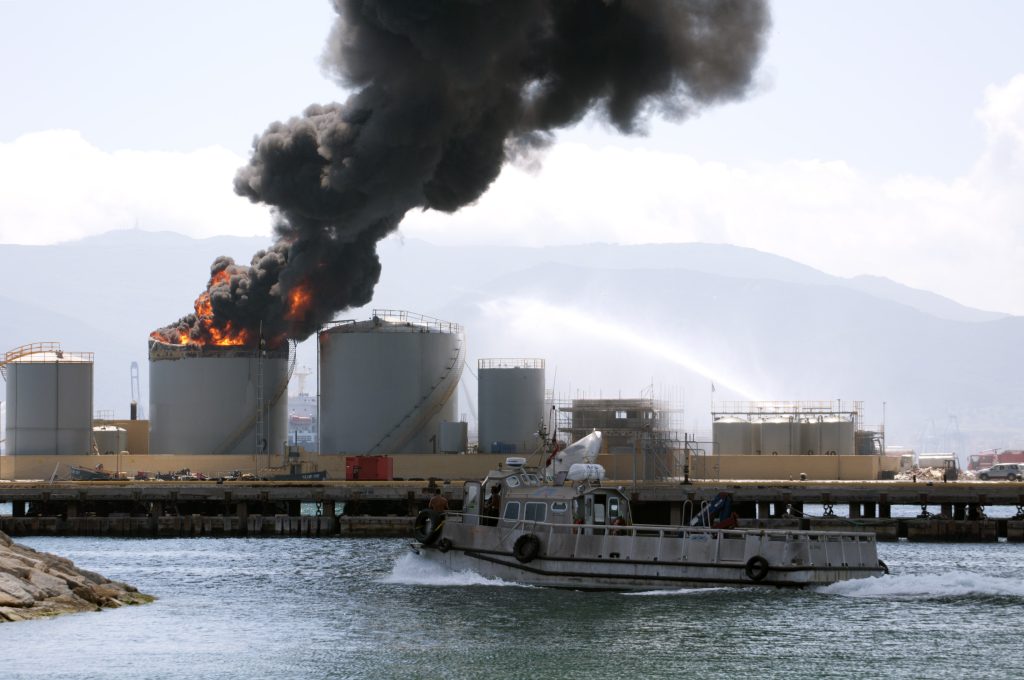
7. Huge Financial Losses due to Energy Strikes
Between September 2024 and mid-February 2025 alone, the Ukrainian attacks damaged refineries and storage sites worth up to 77.9 billion rubles or $927 million. Among the 97 oil storage tanks destroyed were 11 in Feodosia, which had a value of $39 million apiece. As a point of comparison, that gives some idea of the economic attrition. Most damaged tanks remain unrepaired because of fear of repeat strikes and labor shortages due to the sanctions.
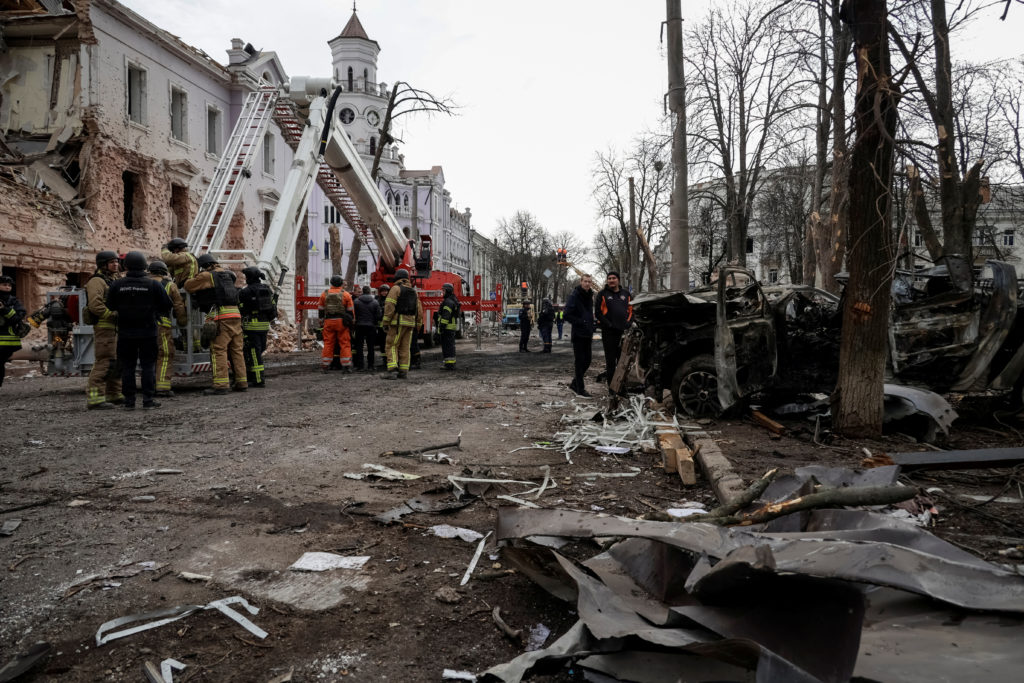
8. Policy Shifts and Export Bans
The government extended fuel export bans imposed for the first time in March 2024 until at least summer 2025, while continuing to supply domestic needs; however, this cut into Russia’s revenues from exports. These were a response to production drops triggered by sustained Ukrainian strikes that left no surplus available for foreign sales.

9. Tactical Advantage over Russian Air Defenses
This gives Ukraine a continuing advantage because it can switch its strikes to less well-protected sites. Anti-drone netting and improvised coverings have been fitted at some refineries, but the protection afforded is partial. The flexibility of the attacker compels Moscow to spread defenses thinly, thereby increasing successful hits. The Tuapse strike is more than a localized incident; it is a continuation of a deliberate campaign that blends military precision with economic warfare. By targeting Russia’s energy infrastructure, Ukraine is applying pressure where it hurts most: the revenue streams and logistics that sustain the war. Whether Moscow can adapt to this evolving threat will shape not only the battlefield but also the broader geopolitical contest in the months ahead.
